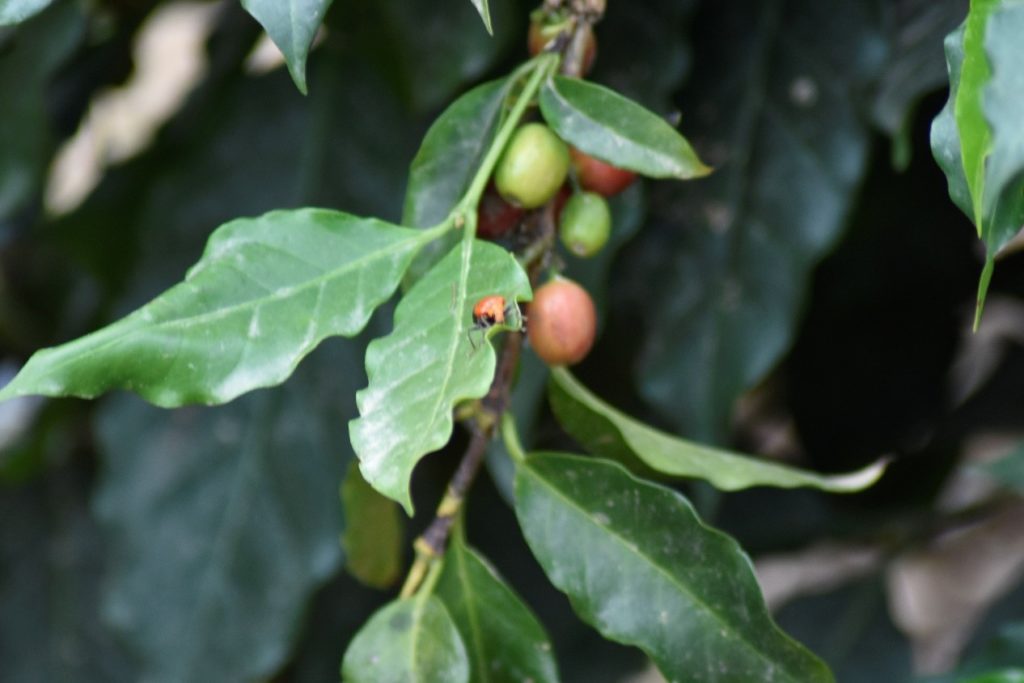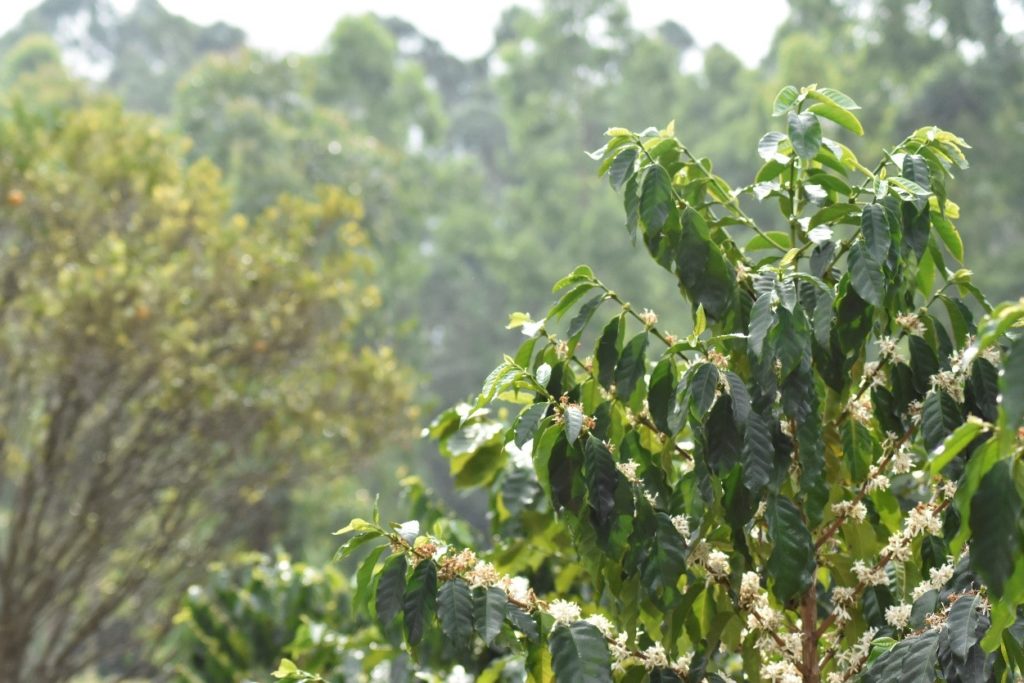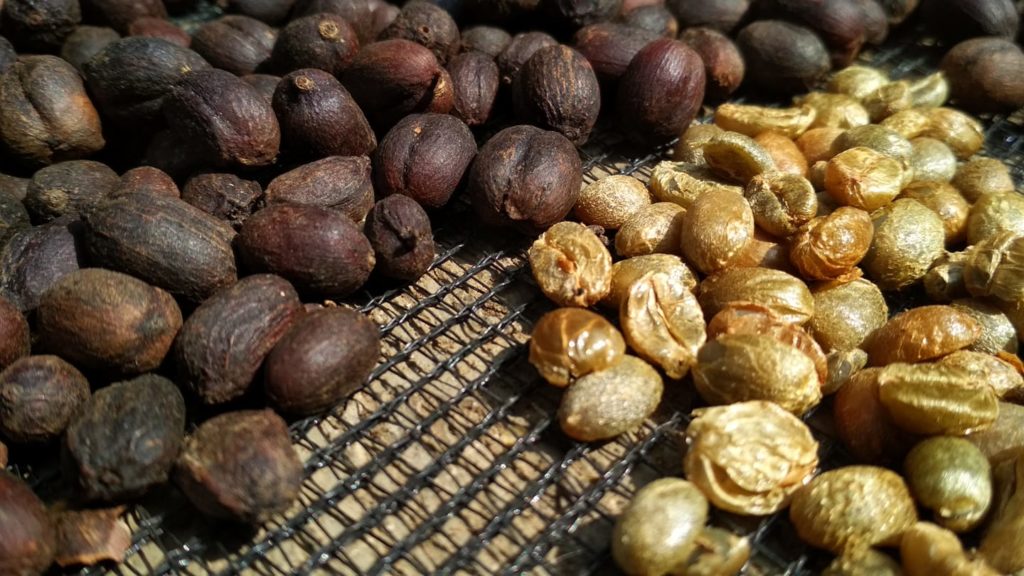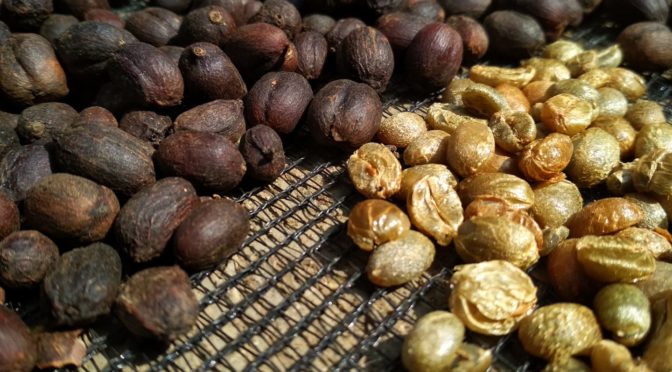There’s always something new you can learn when you come to a new place that you’ve never been there before.

My role at LFP
Hello there! I’m Ilham, a new volunteer at Little Fireface Project (LFP) for July to August in 2019. Here at LFP, I was involved in Coffee Project, an agroforestry project collaborating with local farmers to create an environmentally-friendly coffee product with guaranteed export quality. The activity I’m doing is the observation of pollinator, and also the pollination activity in the coffee plantation. It turns out here, not only I gain new knowledge and experience about pollination, but I also get to know more about the coffee itself.

Coffee plantations in Cipaganti
Most of the coffee, from the commercial industry to daily activities, use two kinds of coffee species, Robusta and Arabica. Robusta (Coffea canephora var. Robusta), is the species that primarily used for instant coffee or blends. The Robusta plant is heartier and more resistant to disease, so it’s much easier and cheaper to cultivate than Arabica. Arabica (Coffea arabica) trees are more disease prone. Arabica needs high altitude to grow, between 600-1850 meters. Because of the requirements of additional care and attention, Arabica brings the highest price in the coffee market. Here in Cipaganti Village and the other villages around it, most of the farmers grow the Arabica coffee.

Coffee processing
Before arriving in our cup, the coffee (it is the coffee bean that we use to make coffee) needs to go a long journey after being picked from the tree. From what I learn from the local farmers, there are two main methods to process the freshly picked coffee cherries: dry method and wet method. The dry method is the process that usually called “natural”. This method involves the drying of evenly-spread coffee on a surface by exposing them to the sun. This method can continue for several weeks. The wet method involves water to shorten the process before drying the beans. The wet method uses water to remove the pulp from the cherry, leaving the parchment skin on the bean to be dried. The wet method still has several steps before the beans finally ready to go to the next step. The coffee brings a lot of great potentials that need to be developed. This potential can bring benefit to the farmers’ life and everything around it. There’s still a lot for me to learn about the coffee, from the processing until roasting and brewing. I hope I can learn more during my stay here. I also hope that I can bring benefit to others during and after my stay.
Ilham Zalhasmy

